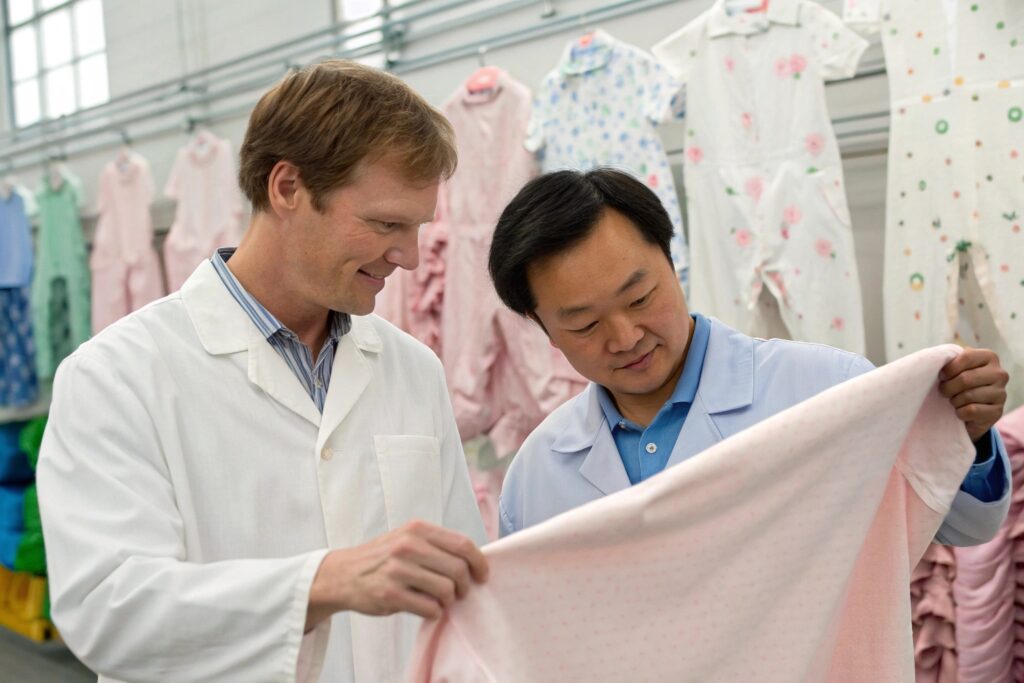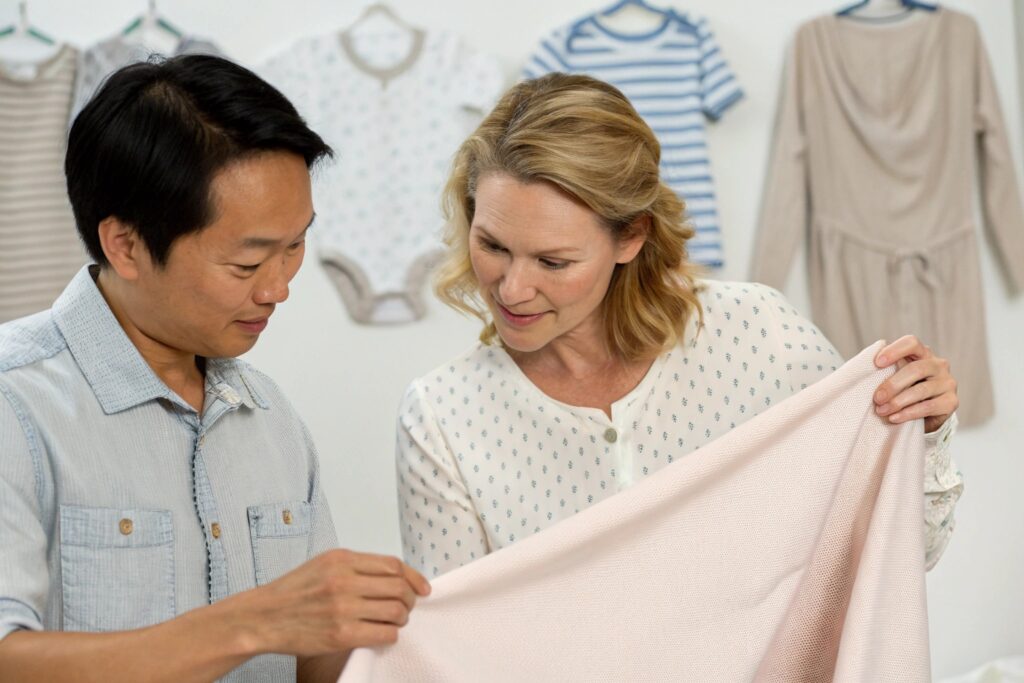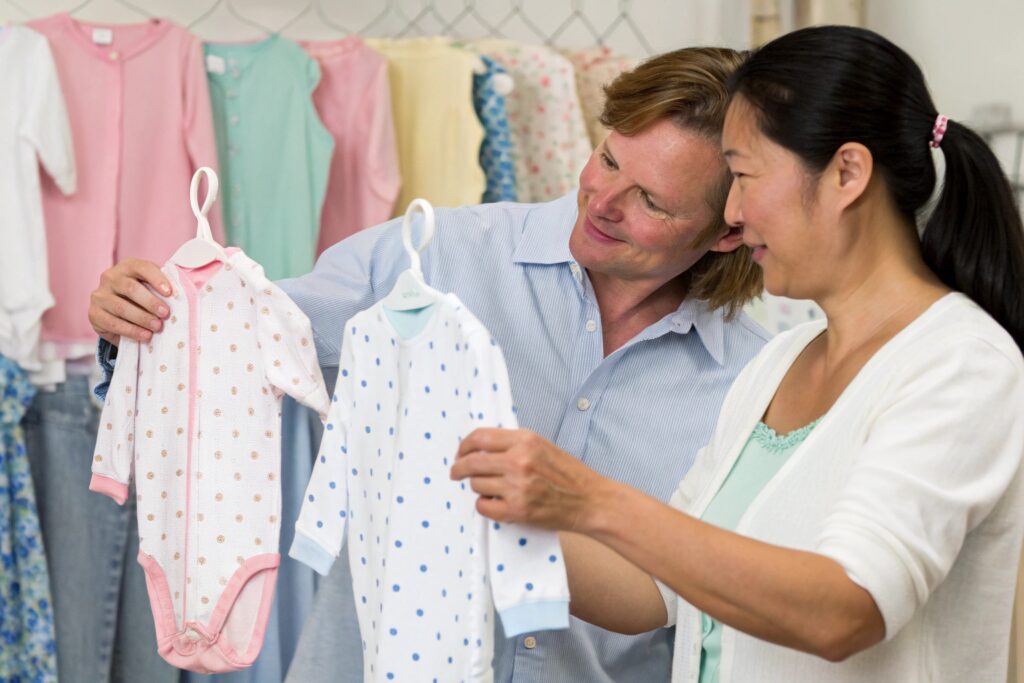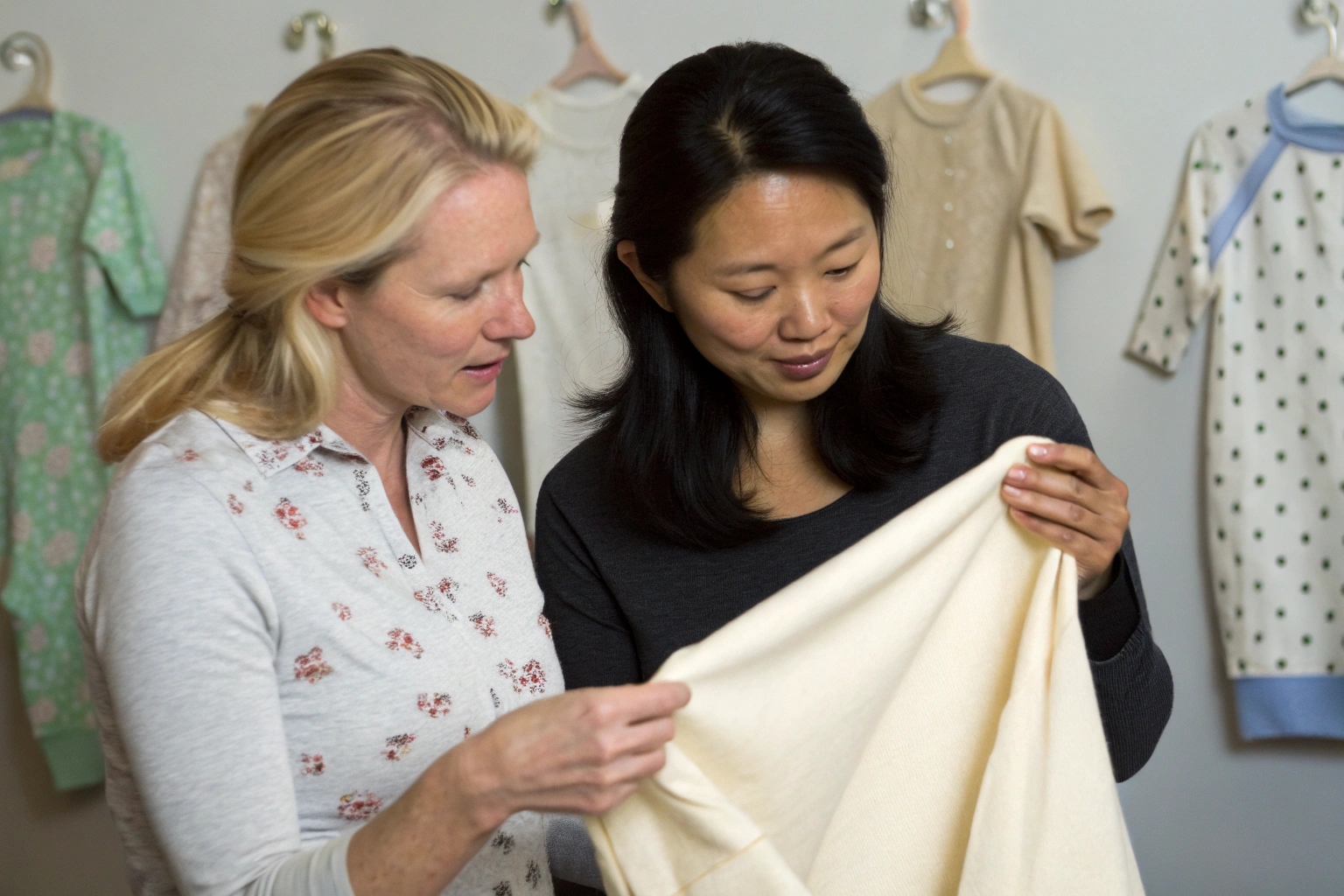Today’s parents aren’t just looking for cute and comfortable clothes for their children—they’re also asking where and how those clothes are made. As sustainability becomes a core value in parenting and fashion, materials matter more than ever.
The most eco-friendly kidswear materials are those that minimize harm to the planet, protect sensitive skin, and last through wear, wash, and growth. Organic cotton, bamboo, TENCEL™, linen, and recycled fibers all play key roles in shaping a more sustainable children’s clothing industry.
Let’s explore how each material stacks up in the world of ethical and earth-conscious baby and kids’ fashion.
Why Organic Cotton Leads in Sustainable Kidswear?
Organic cotton remains the gold standard in sustainable kidswear—not just for its low environmental impact, but also for its softness, safety, and scalability.
Unlike conventional cotton, organic cotton is grown without synthetic pesticides or GMOs, uses significantly less water, and protects farmworkers and soil health.

Why it’s great for kidswear:
- GOTS-certified organic cotton ensures non-toxic processing
- Hypoallergenic and ideal for sensitive skin
- Grown with sustainable farming techniques
- Machine-washable, breathable, and softens with use
- Easy to blend with other fibers for durability
| Environmental Benefit | Impact |
|---|---|
| No chemical runoff | Protects ecosystems and water supplies |
| Lower water usage | Up to 91% less water than conventional cotton |
| Carbon-sequestering soil | Improves long-term land viability |
| Safer for farmworkers | No chemical exposure in growing process |
Organic cotton is trusted by both eco-minded parents and premium babywear brands.
How Bamboo Fabric Compares in Softness and Eco Impact?
Bamboo has gained traction in the babywear space for its luxuriously soft feel and naturally antimicrobial properties. But its sustainability story is more complex.
Bamboo viscose is made from fast-growing bamboo—but the process to turn bamboo pulp into fabric involves heavy chemical processing unless carefully controlled.

The good:
- Extremely soft and gentle for infant skin
- Naturally moisture-wicking and breathable
- Grows quickly with little water or pesticides
- Often blended with cotton for performance and softness
The trade-offs:
| Factor | Consideration |
|---|---|
| Chemical processing | Most bamboo viscose uses solvents unless closed-loop |
| Energy consumption | Higher than cotton during fiber conversion |
| Regulation inconsistency | “Bamboo” labels often lack transparency |
| Best use | Sleepwear, onesies, and undergarments |
To make bamboo truly eco-friendly, look for OEKO-TEX® or FSC-certified bamboo viscose from closed-loop systems.
What Certifications to Look for in Eco-Friendly Materials?
The best way to identify real sustainability in kidswear fabrics is through globally recognized certifications that verify raw material origin, chemical safety, and ethical production practices.
Without third-party certification, claims like “natural,” “eco,” or “organic” may be meaningless or misleading.

Key certifications to trust:
| Certification | What It Confirms |
|---|---|
| GOTS (Global Organic Textile Standard) | Organic content + non-toxic processing + labor ethics |
| OEKO-TEX® Standard 100 | Tested for harmful chemicals in finished fabrics |
| FSC (Forest Stewardship Council) | Sustainably sourced bamboo or modal from managed forests |
| GRS (Global Recycled Standard) | Recycled material content and social/environmental criteria |
| Bluesign® | Chemical management in textile manufacturing |
These certifications add traceability, credibility, and peace of mind for conscious shoppers and responsible brands.
Pros and Cons of Tencel, Linen, and Recycled Fibers for Kids?
Beyond cotton and bamboo, TENCEL™ (Lyocell/Modal), linen, and recycled fibers are gaining ground as eco alternatives—each with their own strengths and considerations.

1. TENCEL™ (Lyocell / Modal)
Derived from eucalyptus or beechwood in closed-loop systems, TENCEL™ is ultra-soft, breathable, and biodegradable.
- Pros: Minimal water use, compostable, moisture-wicking, ultra-soft
- Cons: Slightly higher cost, less structure for outerwear
- Best For: Sleepwear, bodysuits, swaddles
2. Linen
Made from flax plant, linen is one of the oldest and most sustainable fibers—but it’s not always the softest for newborns.
- Pros: Grows with low inputs, durable, naturally antibacterial
- Cons: Coarser feel, wrinkles easily, not ideal for all-day softness
- Best For: Summer wear, toddler outfits, eco collections
3. Recycled Polyester / Cotton
Recycled fibers reduce landfill waste and energy consumption, especially in trims and blends.
- Pros: Diverts waste, supports circular fashion
- Cons: Often blended with synthetics, lower softness, microplastic risk
- Best For: Outerwear, accessories, not ideal for infant sleepwear
| Material | Eco Rating | Skin Comfort | Ideal Use |
|---|---|---|---|
| Organic Cotton | ⭐⭐⭐⭐⭐ | ⭐⭐⭐⭐⭐ | Everyday, all ages |
| Bamboo Viscose | ⭐⭐⭐⭐ | ⭐⭐⭐⭐⭐ | Sleepwear, undergarments |
| TENCEL™ Lyocell | ⭐⭐⭐⭐⭐ | ⭐⭐⭐⭐⭐ | Softwear, layering |
| Linen | ⭐⭐⭐⭐ | ⭐⭐ | Hot weather sets (age 1+) |
| Recycled Fibers | ⭐⭐⭐⭐ | ⭐⭐ | Outerwear, eco collections |
Conclusion
The most eco-friendly kidswear material depends on your brand goals and product type—but organic cotton and certified TENCEL™ remain the top all-around choices for safety, softness, and sustainability. As babywear evolves toward clean materials and conscious production, using the right fabric isn’t just a trend—it’s a responsibility.










